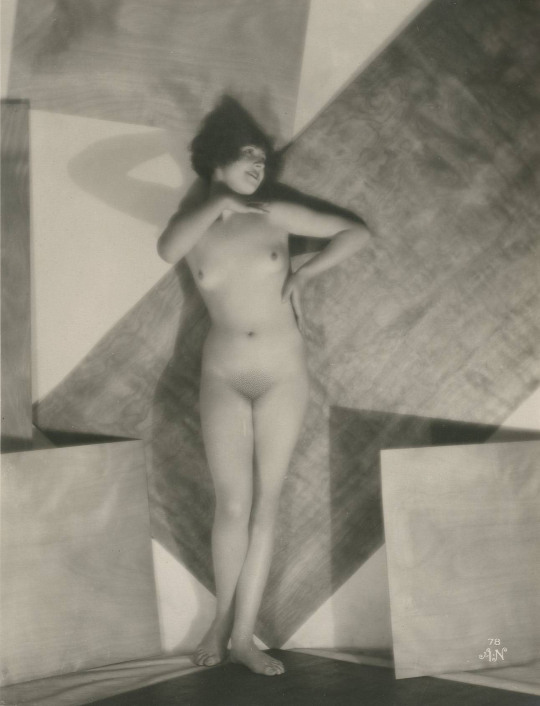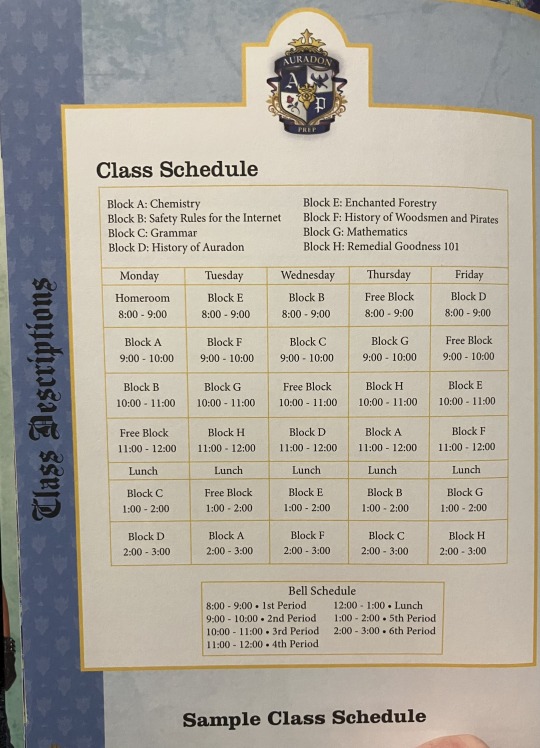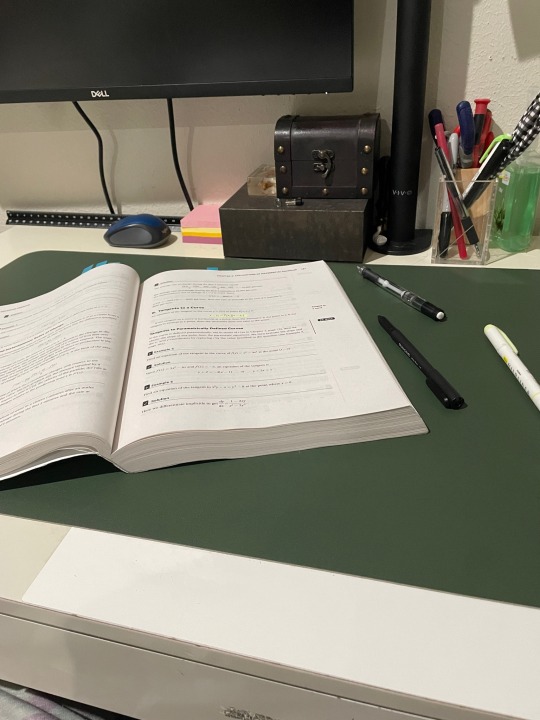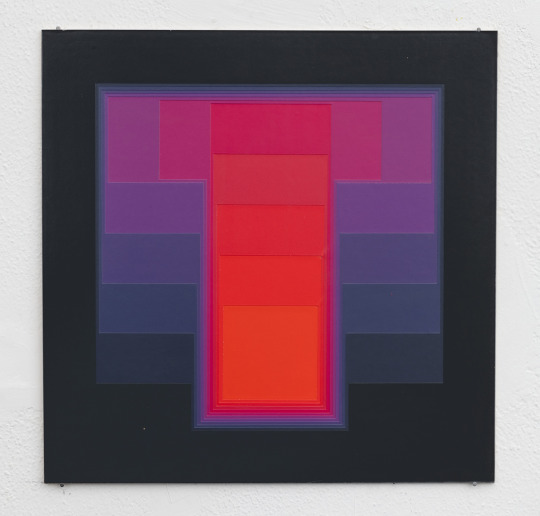#Study of Geometry
Text
TOP 2022 Crochet Crowd Favourites: Page 20 of 20
TOP 2022 Crochet Crowd Favourites: Page 20 of 20

View On WordPress
#Amazing Crochet Patterns#Best Crochet Patterns#Crochet Crowd Favourites#Crochet Mermaid tail#Finish Your Crochet#Free Crochet Patterns#Glam Granny Jacket#Study of Geometry#Summer Mist Blanket#Tiles in Styles#Top Yarnspirations Patterns#Velvety Baby Blanket
0 notes
Text

you got this rookie
#artists on tumblr#chris redfield#leon kennedy#chreon#resident evil#fanart#doodle#I sat down to paint Joe bc of FF trailer but it looked so...#anyway so i went and thought of chreon instead#i finally FINISHED ALL THE MATHS SUBJECTS#i need to study some geometry though im thinking of not studying on everything#tbh idk#N E WAY....#ill keep posting stuff like this if i pick up the digital tablet#osmanlı duraklama dönemi yaşıyorum şu an#gerçekten bir daha anladım çizime ara vermemin haklılığını çünkü 💩 gibi oldu#benim işim değilmiş yani olmayınca olmuyor arkadaş
699 notes
·
View notes
Text

George Tscherny, "Science States Meanings. Art Expresses them", Silas H. Rhodes (art director), School of Visual Arts, New York, NY, 1958 [Milton Glaser Design Study Center and Archives, SVA Library, School of Visual Arts, New York, NY]
#graphic design#illustration#geometry#school#poster#george tscherny#silas h. rhodes#museum für gestaltung zürich#milton glaser design study center and archives#1950s
324 notes
·
View notes
Text

Étude de nu féminin, ca. 1905-1930. Tirage argentique d'époque; cachet du studio A·N (Alfred Noyer) et numéro 78 dans l'image. | src Millon ~ Artprecium
view more on wordPress
#alfred noyer#AN#A.N.#female nude#nu féminin#weiblicher akt#nudo femminile#standing nude#pictorial nude#art deco#1920s#nude study#Aktstudie#étude de nu#geometry
264 notes
·
View notes
Text
thanks to lemuen complaining about aulus not shutting the fuck up, I think we can safely conclude he was in fact the guy thorns was fighting in leonhardt's kin memories

this still doesn't explain why leonhardt has thorns kin memories
but I don't think that one is ever being explained
#arknights#i dont know what kin memories means but i love saying words#im being completely serious here about that being thorns tho#a sword technique where you trace circles...#that's literally destreza. look it up. it uses so much geometry#and the part about not following the book exactly? look at thorns archive file 2#incidentally that's also the file that mentions he studied under a certain priest...#i used to joke about ayers being a walmart thorns (in personality. i e2d him for this#and then ak does this. alright.#im connecting the dots BUT WHAT AM I CONNECTING???#post
48 notes
·
View notes
Text

The Neurogeometry of Perception: A Journey into Geometric Cognition
In the realm of cognitive science and neurology, there exists a fascinating intersection where geometry meets perception, aptly termed “neurogeometry”. This interdisciplinary field seeks to understand how our brains process and interpret the visual world through geometric structures and patterns. Alessandro Sarti and Giovanna Citti, prominent figures in this domain, have extensively explored the fundamental principles of neurogeometry, uncovering the intricate relationship between the architecture of our brains and the geometric forms we perceive.
“Neurogeometry” is not merely a fusion of “neuroscience” and “geometry”. It’s an ambitious endeavor to model the functional architecture of the primary visual cortex and understand how geometric patterns underpin our visual processing. As described by Sarti and Citti,
“We remind some basic principles of the neurogeometrical approach as it has been proposed by various researchers to model the functional architecture of the primary visual cortex.”
This statement underscores the comprehensive nature of the approach and its foundational importance in cognitive science. The very essence of neurogeometry lies in its quest to unravel the architectural blueprint of our perceptual processes. Our brains, complex and intricate, are not just passive receivers of visual stimuli. Instead, they actively construct a coherent understanding of the world through geometric frameworks. Every curve we perceive, every angle we discern, and every spatial relationship we recognize is a testament to the brain’s inherent ability to process the world geometrically. Neurogeometry, therefore, serves as a bridge, connecting the abstract realm of geometric shapes and patterns to the tangible reality of neural processes.
Continue reading →
#geometry#geometrymatters#geometriccognition#cognitivegeometry#science#research#academia#study#perception#neurogeometry#lie group
87 notes
·
View notes
Note
Hi!! I'm new here a and I love your poll!!
If you have to study, what will you study about?
Math
Your native language
Foreign language (specify!!)
Soical
Geometry
All of the above
None of the above (specify!!)
See results
(thank you so much anon, and welcome!)
#anonymous polls for you#asked and answered#school poll#study poll#studying poll#math poll#social studies poll#geometry poll#language learning poll
27 notes
·
View notes
Text
happy holiday break, let’s talk class schedules

According to the Secrets of Auradon Prep tie-in book, AP runs on a rotating block schedule. Six periods per day, plus lunch. Pretty reasonable for a high school class schedule.
Homeroom once a week feels a little weird to me, but after an unofficial poll of some friends, it’s apparently not too uncommon for American high schools to only have it at the start of the week.
It’s sort of nice that the students get a study period every day, instead of having their free block/study block worked into the rotation with the rest of their classes.
In Mal’s Diary, we get another look at her schedule.

She’s in most of the same classes as the sample from before, but no chemistry class. Is Mal not interested in chemistry, or did Fairy Godmother decide it was more important for her to learn about evil fairies instead? Are there other “cultural history” type classes for other students, or did Fairy Godmother and whoever planned the class schedules for the other VKs just decide to pile on allll of the history/social studies classes for the VK to educate them in the ways of Auradon?
I think it’s funnier for me personally if Fairy Godmother received transcripts from Dragon Hall, looked at the VKs’ classes so far, and decided to say ‘fuck it’ on math and science classes, what these kids need is Auradon cultural education. Woodsmen, Fairies, Auradon History, and straight-up Goodness 101. One singular math class will take care of the rest, they’ll be fine.
#descendants#I don’t think that this is an especially balanced class schedule but I assume they’re playing catchup#with like#evil math and science classes#so they’re all set on those and it’s time for AURADON SOCIAL STUDIES#mathematics is a weird name for a high school class but maybe it’s a basic like assessment/general class??#usually it would be like#algebra#geometry#trig#I know Evie’s in chemistry#but are the boys in science classes?#in the version of these kids that lives in my heart they let Carlos take physics#purely because I think he would enjoy it#I’ll reblog this later with my own class schedules I drew up for these kids based on the state requirements I grew up with#in my heart AP has additional volunteer requirements too#due to being a fancy rich kid school#but based on this schedule it seems like the core requirements are uhh#extremely flexible
34 notes
·
View notes
Text


12.08 - thursday
calculus practice (our teacher refuses to give us a review) and some chemistry while at work.
🎶im waiting for the man, the velvet underground
#studyblr#studying#aesthetic#studyspo#mathblr#100 days of productivity#100 days of productivity challenge#music#geometry#study#algebra#dark academia#history#plants#notes#reading#english#deskspo#langblr#math#ap calculus#ap chemistry#dual credit#finals
237 notes
·
View notes
Text



Differantial geometries
Work work work for success 🙌
7 notes
·
View notes
Text
Today I learned how fun it is to draw a hyperbolic paraboloid.

Pictured above is one example of it, the graph of the function f : IR² → IR defined by the equation f(x,y) := xy, with some points of the input plane marked and height of the graph indicated in four points. It is drawn only for a square around the origin (that makes it easy to draw), but if you imagine extending it on the edges to make a rounder shape, you might be able to see the (probably) most famous rendition of the hyperbolic paraboloid shape, the Pringles chip:

So why is the hyperbolic paraboloid so fun to draw? Well, a defining property (and according to Wikipedia, one of the oldest definitions) of the shape is that it may be generated by a moving line that is parallel to a fixed plane and crosses two fixed skew lines.
Skew lines are lines that don't cross but are also not parallel.
In the above example, this property is easily explained like this: if you fix either x or y into place (treat it like a constant) in the equation z = xy, you get the points z of the cross-section of the graph of f and the plane corresponding to the equation y = c or x = c, depending on which variable you fixed to the constant c. This is now a linear equation, which represents a straight line.
So, whenever you have two points that you know are in the graph, which also lie in the same plane parallel to either the xz-plane or the yz-plane, we now know that the straight line that contains both of them is also completely contained in the graph. This provides us with a fairly simple way to draw (part of) this beautiful shape:
Draw a square around the origin in the xy-plane and for it's corners find the corresponding z values in the graph. In this case, I chose a square with sidelength 2, but the actual values don't matter that much.
Having found four points (above and below the corners of the square), connect them with straight lines parallel to the sides of the square. These are in the graph.
Choose two of those lines which are opposite each other, segment them evenly with the same segment lengths, and connect corresponding points with straight lines.
Technically, in the last step you have to draw infinitely many lines to get the real shape. But then again, technically to get the actual real shape, in the first step you would have to draw an infinitely large square (or connect both of the pairs of opposite lines with infinitely long straight lines, that works too). But the great thing is, your brain will automatically fill in the rest of the shape for you if you have enough segments.
More generally, the definition given above means you can really take any two skew lines, find the plane they are both parallel to, and then connect them with straight lines that lie in planes that cross that plane with a 90 degree angle. I think it's really cool how you can draw such a complicated looking shape with so few and easy instructions, and only using straight lines. In fact, if I understood the Wikipedia arcticle correctly, this property is probably one of the reasons Pringles are even made in this shape, because it makes manufacturing fairly simple.
39 notes
·
View notes
Text

#9. Cones. Sanguine, chalk, pastel pencils.
Not perfect, but let it be here.
#artists on tumblr#beginner artist#art study#geometry#academic drawing#geometrical#traditional drawing#grisaille#sanguine#pastel pencils#chalk#faber castell#derwent
8 notes
·
View notes
Text
did anyone else try to learn coding but gave up just to create ao3 skins?
15 notes
·
View notes
Text

Karl Gerstner, Color Sound, (acrylic on cardboard), ca. 1970s [Meredith Rosen Gallery, New York, NY. © Karl Gerstner]

Exhibition: Karl Gerstner: Color Sound, Meredith Rosen Gallery, New York, NY, February 16 – March 23, 2024
#art#color theory#color study#geometry#pattern#structure#cardboard#exhibition#karl gerstner#meredith rosen gallery#1970s#2020s
107 notes
·
View notes
Text

Differential geometry ✨
(odi et amo)
#differential geometry#physics student#studyblr#physics#mathblr#study night#physics studyblr#study desk#study hard
54 notes
·
View notes
Note
very excited to see fellow Dan and Phil fan in stem
i know that i have a degree in dan and phil studies but genuinely my true passion is actually mathematics and i am So sorry
#like. i must be so clear: i am a Nerd. with pride#like. ya girl has never cut any class ever in her life. and i watch math videos for FUN#i am helping my sister with a university math class that i never took. on a subject i intentionally avoided (geometry my beloathed)#and i am doing her homework with her without reading the textbook. for FUN. and i get them right.#i am Built for mathematics okay i love her dearly#you teach me a math concept once. show me it *one* time. and i understand it.#i will Ride for my girl math okay. she's awesome. and cool. and useful.#but i do totally understand if she scares you. but i promise she's actually really nice. so dont be mean to her#my last ever math course. was an advanced proofs class. that has a rep of being difficult. it had 2 midterms. a long final. not openbook.#i finished the course with over a hundred percent. 108 and 110 on each midterm. 100 on the final. 110 on assignments.#and i fucking adored every moment in class. and the homework. and studying. such a cool goddamn course.#i just. really like math okay.#dnp#c.text
15 notes
·
View notes